UPDATE: The smaller version is alive now and is compliant with the Supercon 8 - Add On Conrtest!
FEATURES
- Two SAO ports enable stacking and soldering the socket/plug to either the top or bottom edges.
- QWIIC/STEMMA QT port hiding on the back side.
- GPIO Expander accessible with I2C and bit-banged. Jumper selectable address.
- Four authentic bits of Core Memory - the orignal thru-hole component!
- Four reverse mount LEDs behind each bit of Core Memory.
- Built-in sense circuitry, including resettable latch.
- Complete access through I2C GPIO Expander with optional use of SAO GPIO 1 and 2.
- Final design will be a little smaller (see video, on the right side) which looks more pleasing.
FUNCTION ACCESS
Primary control and sensing of the Core Matrix is done through an I2C MCP23017 IO Expander, with the core matrix sense output available on SAO GPIO 2.
- I2C can be bit-banged by 6502, Voja4, Z80... so basically ANY badge can use the full functionality.
- MCP23017 brings 16 Input/Output configurable lines
- 10 control the core matrix drive transistors
- 1 controls the overall core matrix power enable FET
- 4 control the LEDs
- 1 controls the sense circuit reset line
- SAO GPIO 2 is used to sense core write state changes
- SAO GPIO 1 is for a mode button (to be added in HWV0.2.0)
I'm referring to the following SAO spec, which is the most comprehensive that I am aware from the BadgeMakers Discord:
Demo code written with the Arduino IDE is in the Github repo for this project. The only library used is the standard "wire.H" library to make I2C access easy. But the I2C can easily be bit-banged since it's all one directional output, and only accesses 2 registers, updating 1 byte words in each register (the A and B port output). I think that can be simplified to shifting out just four bytes: address, register #, byte A, and byte B. I'll be testing that theory with a 6502.
Assembly Guide and Theory of Operation is here: https://github.com/ageppert/SAO_CORE4/tree/main/Documentation
Assembly Video is here:
Demo code is here: https://github.com/ageppert/SAO_CORE4/tree/main/Firmware
 Andy Geppert
Andy Geppert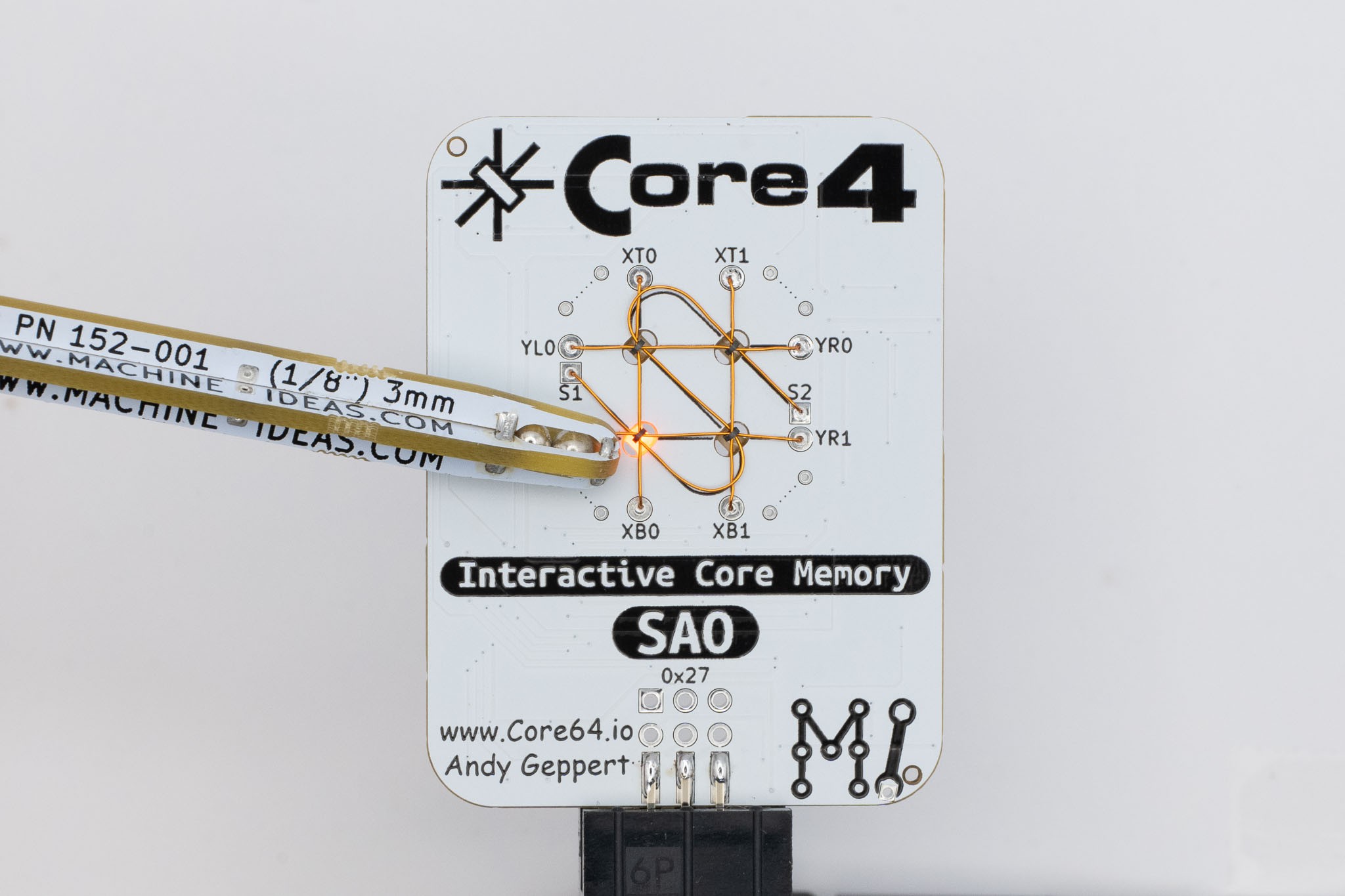
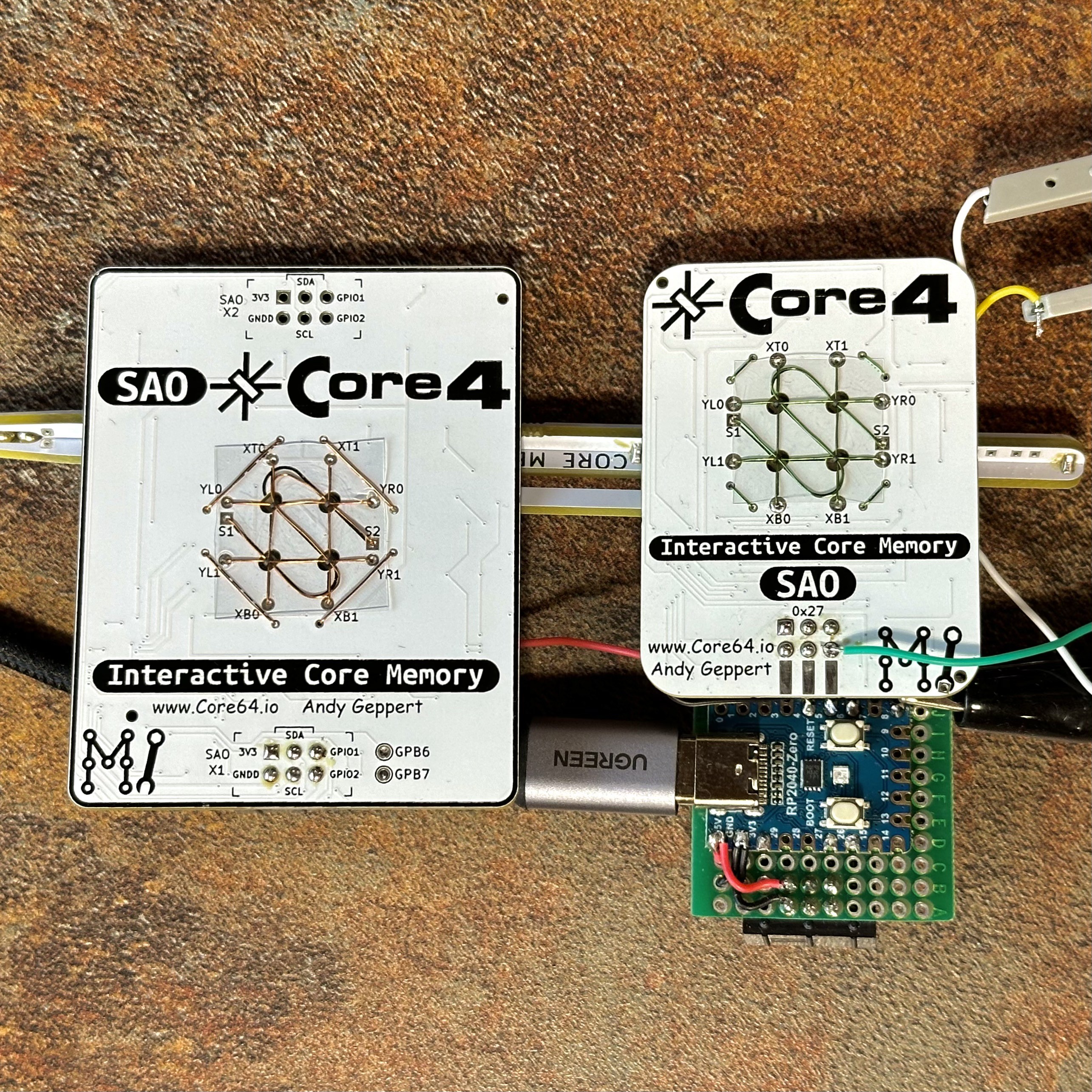
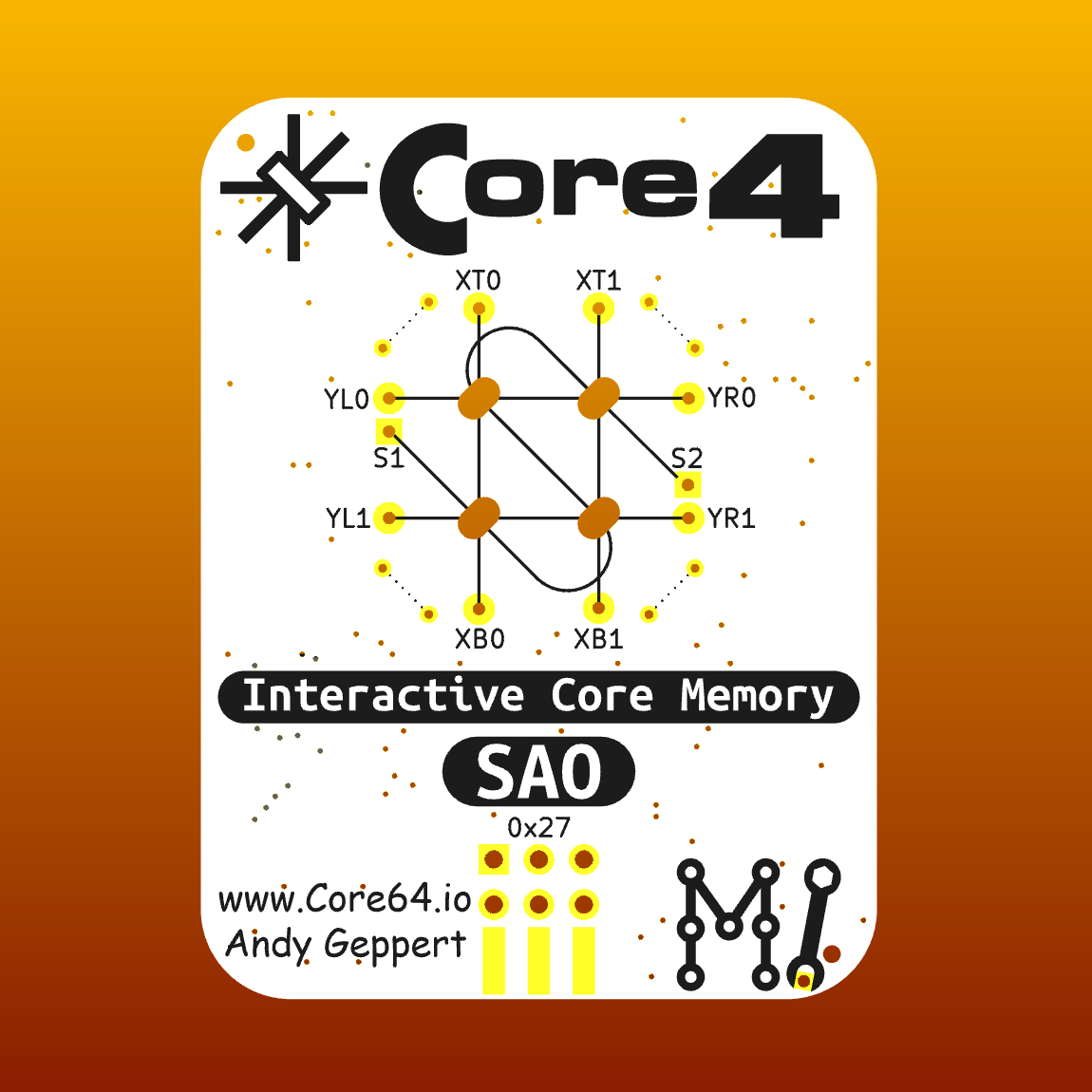
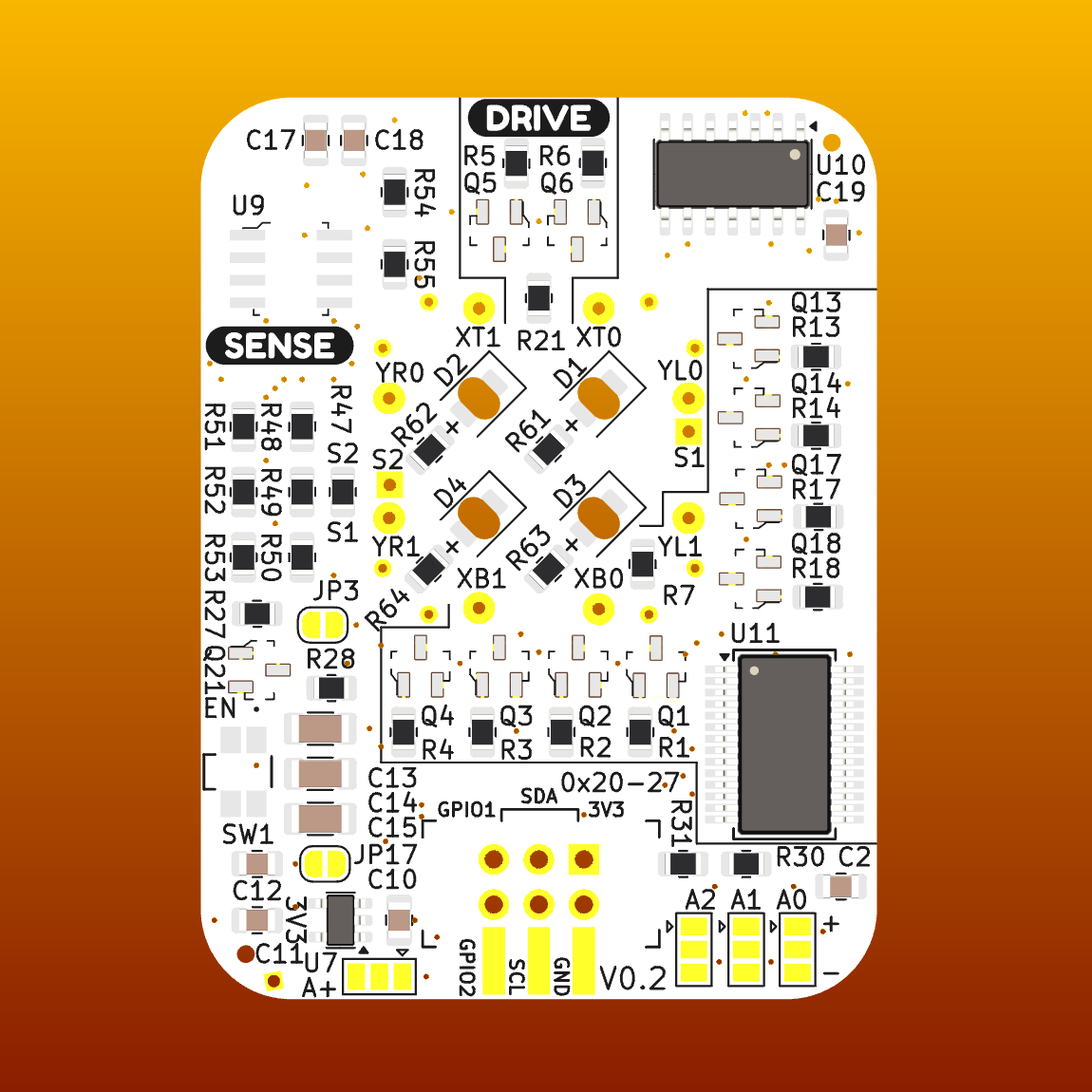
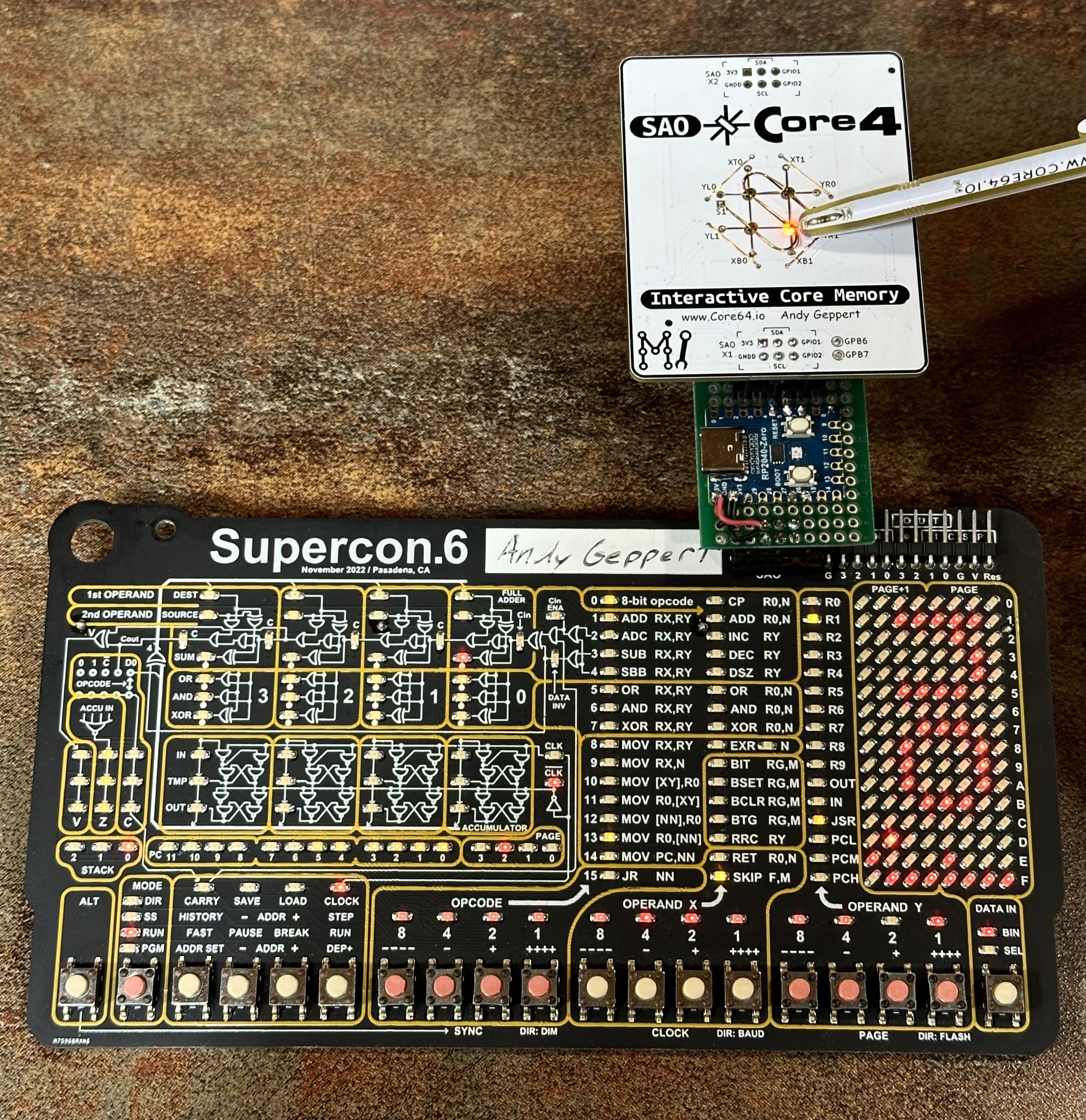
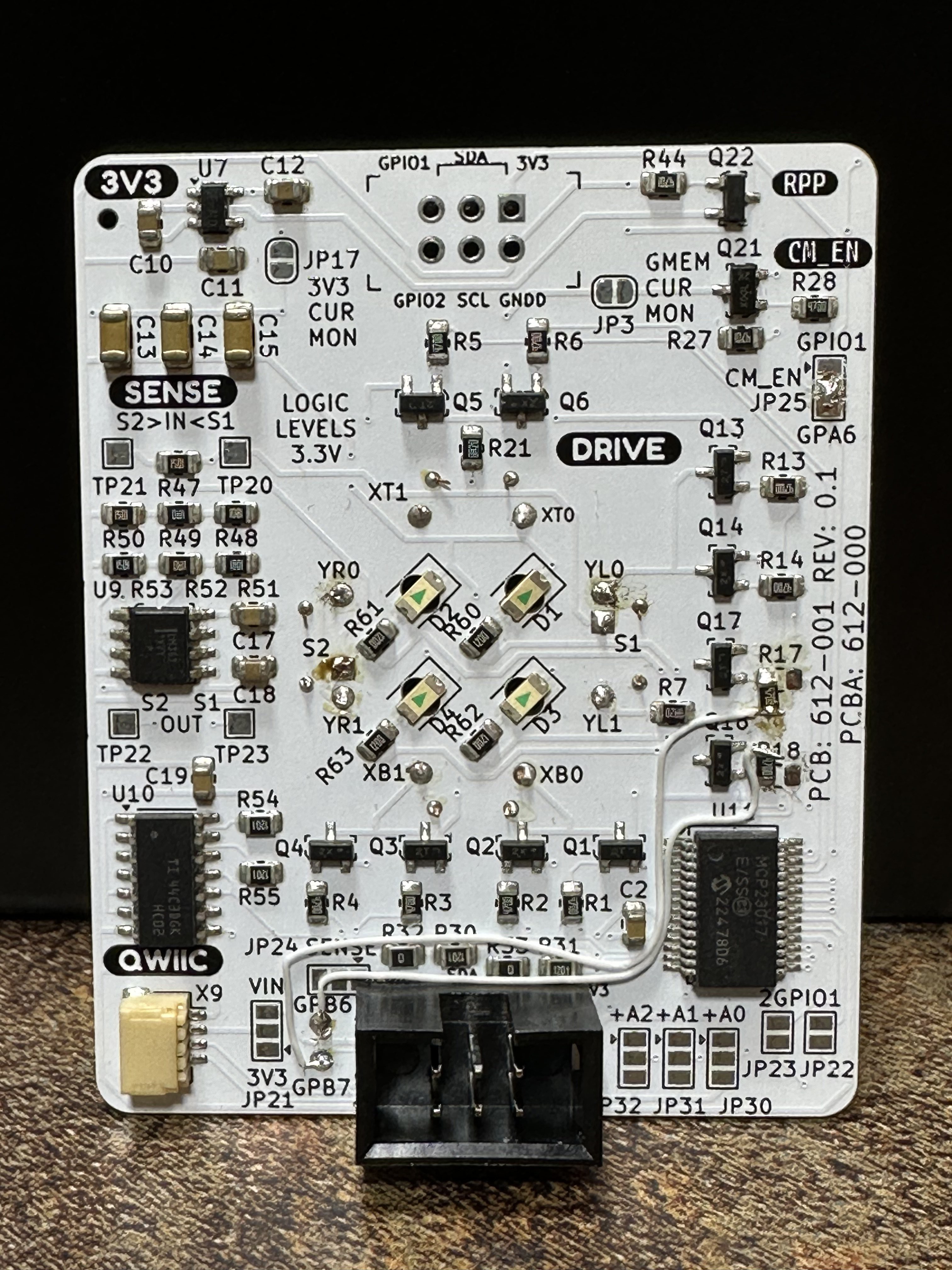
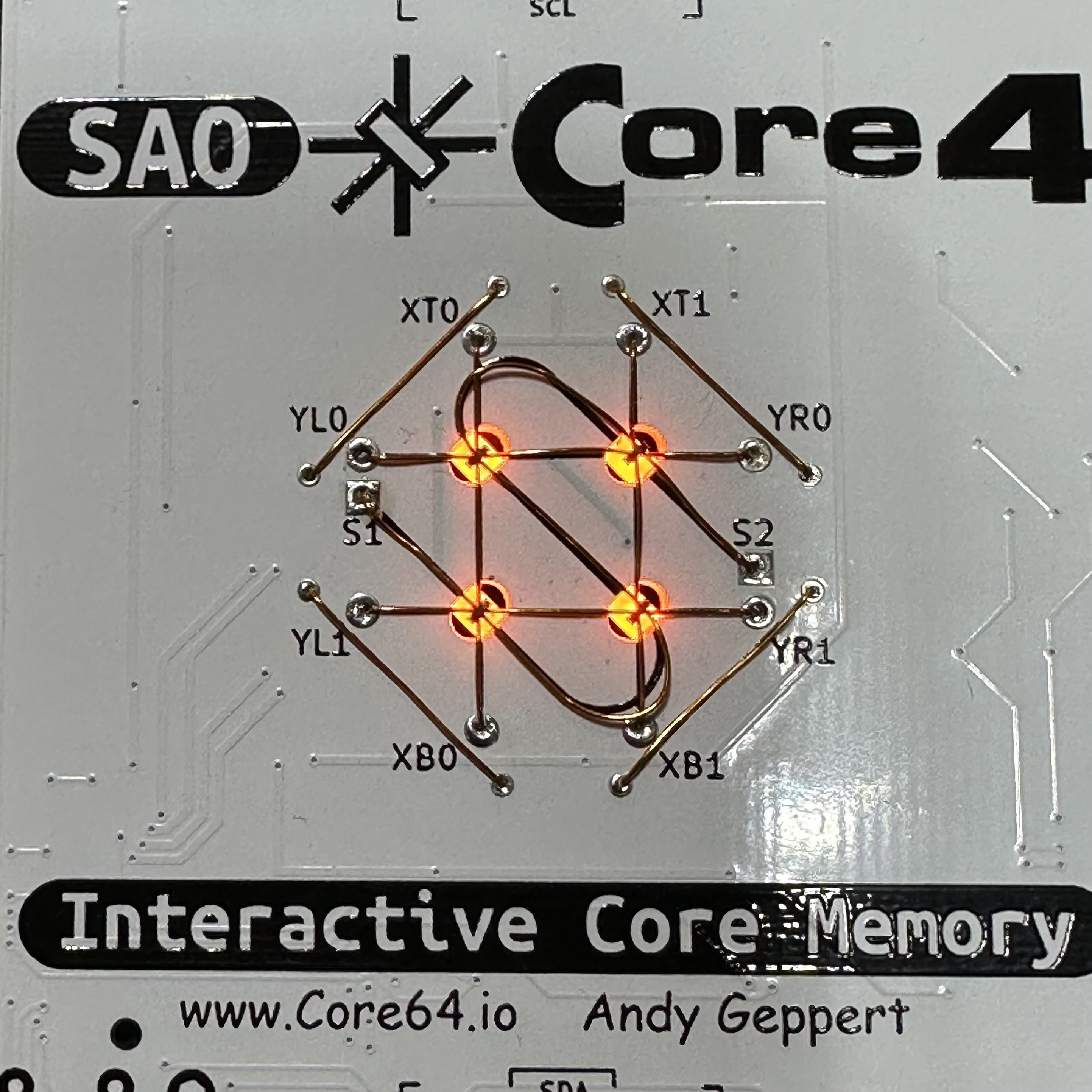
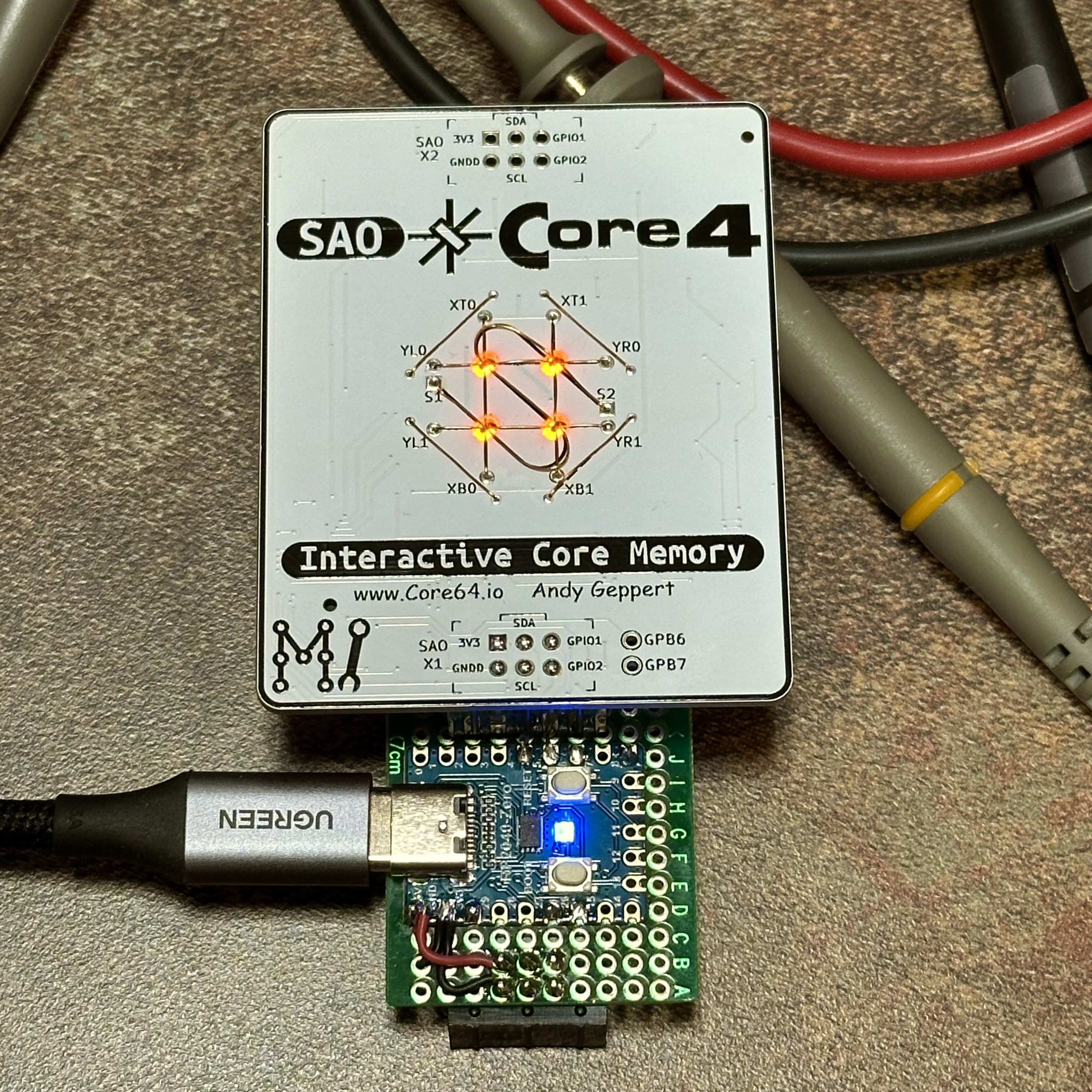
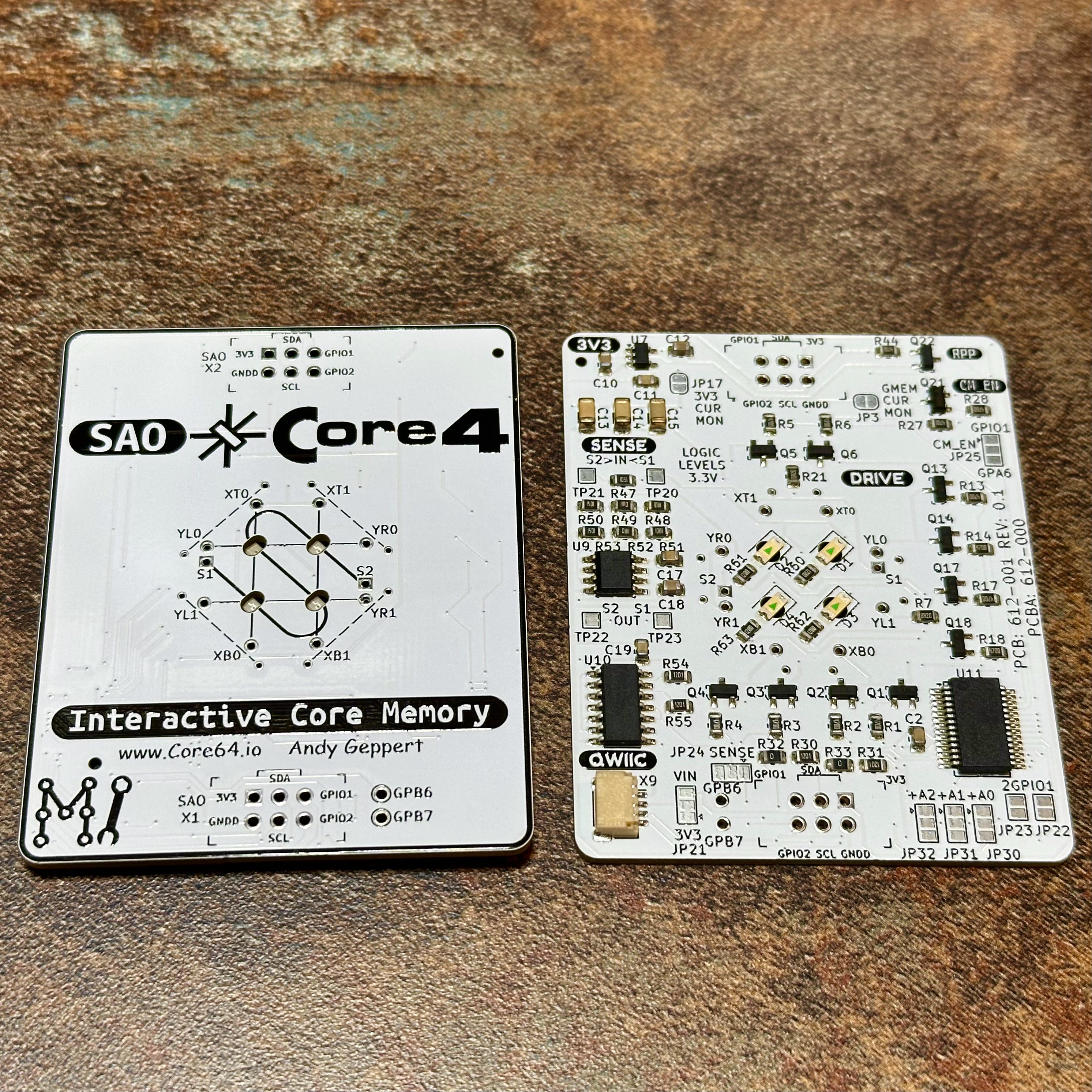
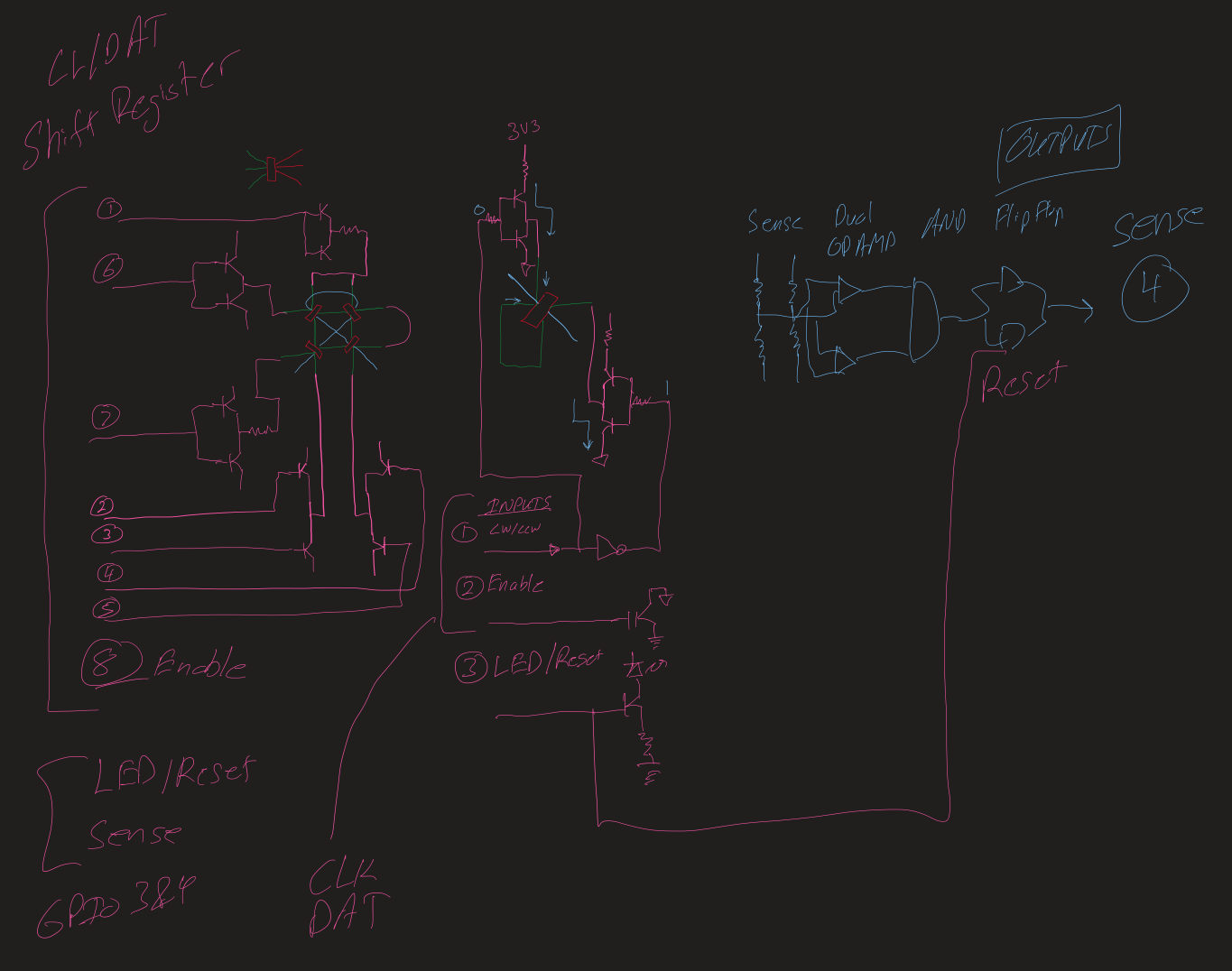


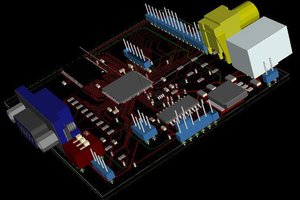
 PK
PK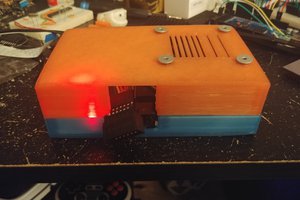
 FloppidyDingo
FloppidyDingo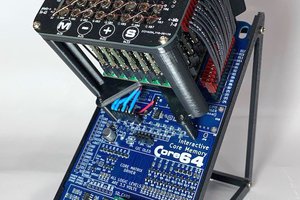

Thank you! I'm looking forward to sharing this with the Supercon crowd! The Geppert brothers have two more SAOs brewing as well. Hint: both are red...